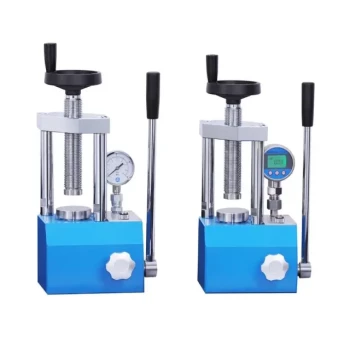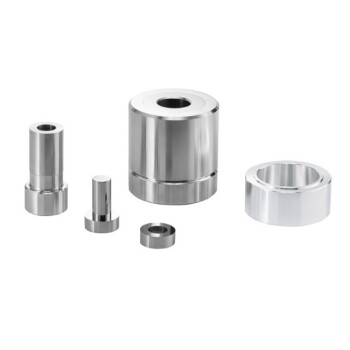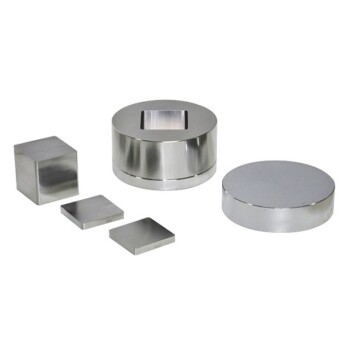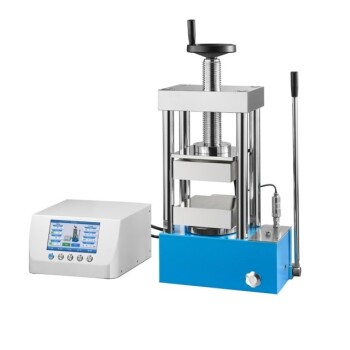Understanding the functional roles of each component in a KBr press isn't just technical minutiae—it's the key to producing homogeneous pellets that deliver accurate spectroscopic results. Whether you’re preparing samples for FTIR or XRF analysis, the synergy between the die set, hydraulic system, and base plate determines the reliability of your data. Here’s how these components function and how to maintain them for consistent performance.
Understanding KBr Press Components for Reliable Pellet Preparation
Role of the Die Set in Achieving Homogeneous Samples
The die set (a cylindrical die and two plungers) is where your sample transforms from powder to pellet. Research shows that improper die alignment or worn plungers can introduce voids or cracks, skewing spectroscopic readings. For optimal results:
- Material choice: Tungsten carbide dies resist wear better than steel for high-throughput labs.
- Cleaning protocol: Residual KBr or sample material compromises pellet integrity. Clean with anhydrous ethanol after each use.
Hydraulic Pressure Calibration: Balancing Force and Precision
Most KBr presses apply 8–10 tons of pressure, but the exact requirement depends on sample composition. Under-pressured pellets crumble; over-pressured ones risk damaging the die. Pro tips:
- Calibration checks: Use a load cell annually to verify pressure accuracy.
- Hydraulic oil maintenance: Cloudy or degraded oil reduces force consistency. Replace every 500 cycles or per manufacturer guidelines.
Base Plate Design and Its Impact on Analytical Accuracy
A warped or misaligned base plate creates uneven pressure distribution—a common culprit for pellet thickness variations. Key design features to look for:
- Ground flatness: ≤0.001" tolerance ensures uniform force.
- Modularity: Interchangeable plates adapt to different die sizes.
Best Practices for Maintenance and Troubleshooting
- Daily: Inspect hydraulic lines for leaks and wipe down the die set.
- Monthly: Lubricate plungers with silicone grease to prevent sticking.
- Annually: Replenish hydraulic oil and test pressure calibration.
Case Study: Resolving Inconsistent Pellet Thickness
A materials lab noticed ±15% thickness variation in their KBr pellets, leading to unreliable FTIR baselines. The root cause? A slightly tilted base plate (0.005" deviation). After resurfacing the plate and recalibrating the press, variation dropped to ±2%.
Elevate Your Sample Prep with KINTEK's Precision Presses
Why struggle with manual adjustments or guesswork? KINTEK's automatic lab presses integrate force monitoring and temperature control to eliminate pellet-prep variables. For labs prioritizing reproducibility, our systems ensure every pellet meets spectroscopic standards—effortlessly.
Ready to optimize your sample preparation? Explore how KINTEK's engineered solutions can streamline your workflow today.
Visual Guide
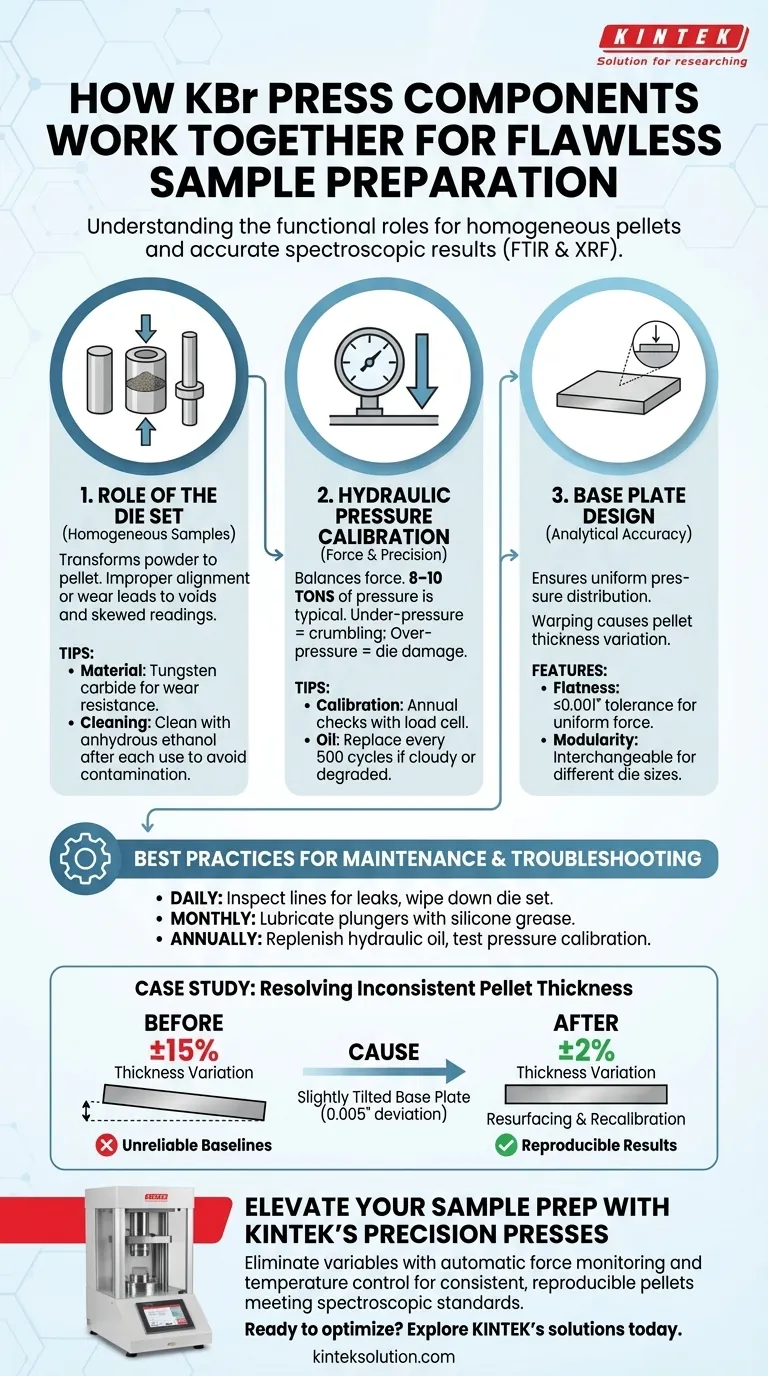
Related Products
- Manual Laboratory Hydraulic Pellet Press Lab Hydraulic Press
- Lab Ring Press Mold for Sample Preparation
- Manual Laboratory Hydraulic Press Lab Pellet Press
- Split Automatic Heated Hydraulic Press Machine with Heated Plates
- Laboratory Split Manual Heated Hydraulic Press Machine with Hot Plates
Related Articles
- The Unseen Struggle for Density: Why Advanced Materials Demand Hot Pressing
- Mastering the Microvoid: How Hot Presses Forge Material Perfection
- From Powder to Proof: Why Perfect Pellets Are the Bedrock of Materials Science
- Why Your Sample Pellets Keep Failing: The Hidden Variable in Your Lab Press
- The Slow Creep of Inaccuracy: Mastering the Hidden Physics of Heated Lab Presses

